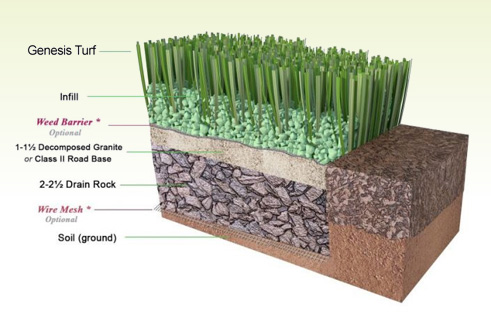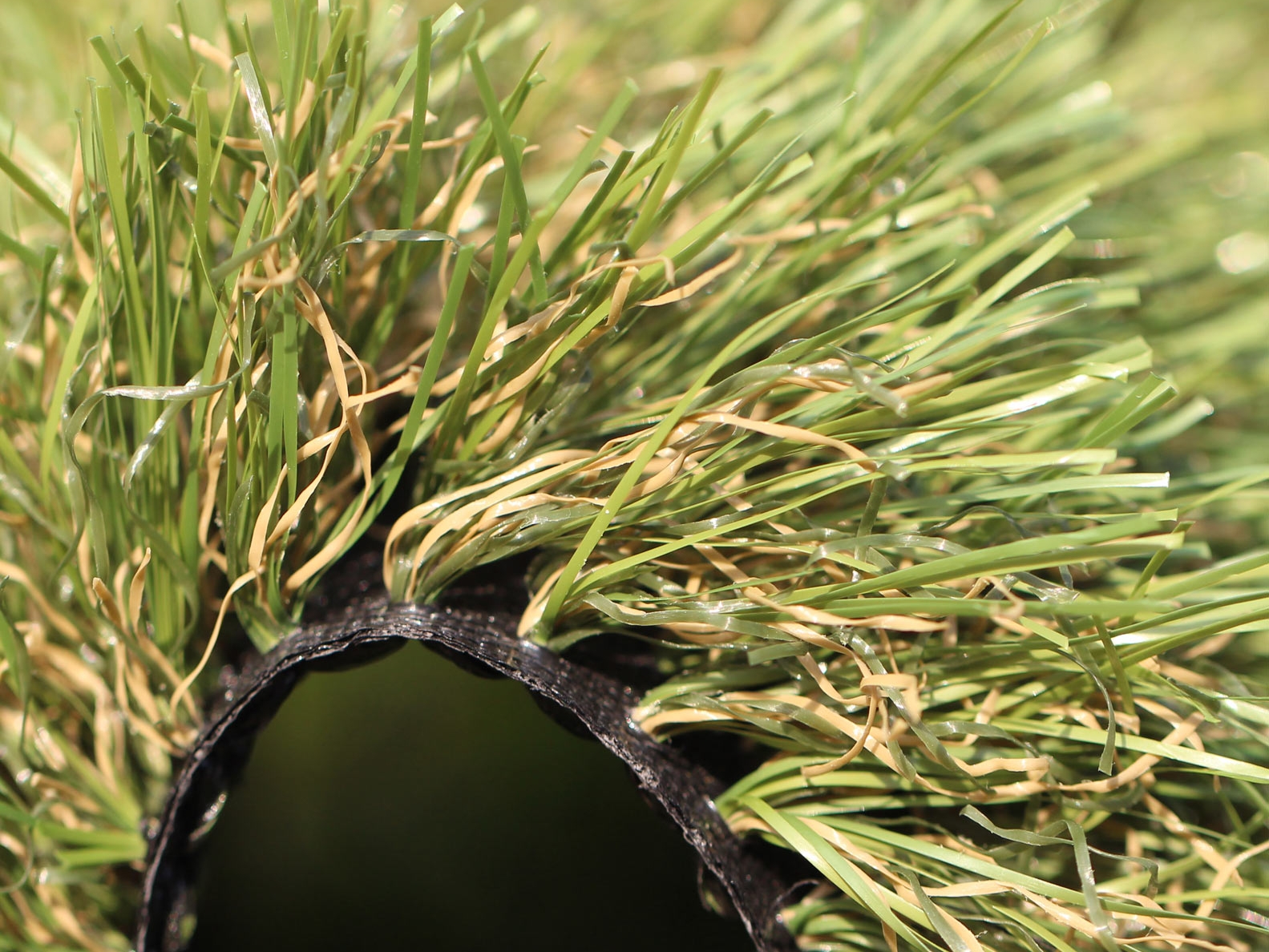Get a Ideal Lawn with Arizona Artificial Turf for Any Outdoor Space
Get a Ideal Lawn with Arizona Artificial Turf for Any Outdoor Space
Blog Article
Look Into the Environmental Conveniences of Opting for Artificial Turf Solutions
The adoption of synthetic turf solutions provides a compelling opportunity to address pressing ecological obstacles. By dramatically decreasing water use and lessening the application of hazardous chemicals, these alternatives not only promote sustainable landscape design but also safeguard regional ecosystems.
Water Preservation Conveniences
Among one of the most considerable benefits of synthetic grass is its capacity to conserve water. Typical turf lawns require substantial watering, especially in locations vulnerable to dry spell or water constraints. In comparison, synthetic grass does not need watering, dramatically lowering the total need for water resources. This attribute is particularly advantageous in arid areas where water scarcity is a pressing concern.
By eliminating the need for routine watering, synthetic grass adds to lasting landscape techniques and assists minimize the environmental effect of excessive water usage. Moreover, the preservation of water reaches the decrease of runoff, which can result in dirt erosion and river pollution.
In addition, the installation of man-made lawn allows communities and property owners to assign water resources a lot more efficiently, concentrating on necessary usages such as drinking water and farming. The change in the direction of synthetic grass not just advertises liable water use but also lines up with more comprehensive ecological objectives targeted at protecting natural deposits.
As areas significantly prioritize sustainability, the water preservation advantages of synthetic grass present a compelling case for its adoption in industrial and domestic landscaping tasks.
Decreased Chemical Usage
The transition to synthetic grass dramatically decreases the dependence on chemical therapies generally made use of in all-natural yard maintenance. Standard turf monitoring typically entails the application of fertilizers, chemicals, and herbicides to advertise development and control insects. These chemicals can position dangers to human wellness, local wildlife, and the environment, contributing to dirt and water contamination.
In comparison, man-made lawn gets rid of the requirement for these dangerous compounds. By decreasing the launch of synthetic substances into the ecosystem, synthetic lawn advertises much healthier dirt and water systems.
In addition, the lack of chemical drainage related to synthetic grass installations assists protect regional rivers from pollution, supporting marine life and maintaining biodiversity. Arizona turf. As communities increasingly prioritize sustainable techniques, choosing synthetic grass presents a sensible solution that lines up with ecological preservation objectives. Through this shift, property proprietors can enjoy rich green spaces without compromising ecological wellness, leading the means for an extra sustainable future
Lower Carbon Footprint

In addition, the setup of man-made grass can result in considerable water preservation. All-natural yards call for considerable amounts of water for watering, which not only contributes to the carbon footprint dig this connected with water removal and therapy but additionally pressures regional water resources. In contrast, man-made grass requires marginal upkeep, calling for no watering, thereby significantly reducing water use and its connected energy costs.
In addition, the durability of artificial grass adds to its lower carbon impact. With a life expectancy of as much as 15 years or even more, the need for frequent replacements is decreased, causing much less waste and lower power usage in production and dealing with typical turf options. On the whole, artificial grass provides a lasting alternative for eco aware landscaping.
Environment Conservation
Habitat preservation is an essential factor to consider in the dispute over landscape design options, especially when comparing synthetic grass to all-natural grass. Natural turf yards typically need considerable maintenance, consisting of making use of herbicides, fertilizers, and pesticides, which can adversely influence local ecological communities. These chemicals can leach into the dirt and waterways, harming native flora and animals and interrupting regional habitats.
In contrast, man-made grass provides an opportunity to lower the eco-friendly footprint of landscape design. By going with synthetic yard, homeowners can minimize the disruption of natural habitats connected with typical lawn care techniques. Fabricated turf eliminates the demand for harmful chemicals, thereby shielding close-by wild animals and maintaining the stability of surrounding ecological communities. In addition, the setup of fabricated grass can cause the conversion of previous lawn locations into more biodiverse landscapes, such as pollinator yards or indigenous plant areas, which can support neighborhood wildlife.
Eventually, the transition to synthetic grass not only saves water and reduces maintenance efforts yet additionally fosters a more harmonious connection in between human tasks and the natural surroundings, advertising habitat conservation in the process.
Long-Term Sustainability
Long-lasting sustainability is a vital consider examining the benefits of fabricated grass over conventional grass lawns. Among one of the most considerable benefits of synthetic grass is its toughness; it can last up to 15-20 years with very little maintenance, whereas all-natural lawn calls for constant reseeding and replacement. This longevity minimizes the demand for consistent sources, such as water, plant foods, and pesticides, which are vital for keeping a healthy and balanced turf lawn.
In addition, synthetic grass contributes to a reduction in carbon discharges related to lawn treatment devices. Conventional yards usually call for gas-powered lawn mowers, leaners, and blowers, every one of which add to air contamination. Arizona artificial turf. On the other hand, artificial turf gets rid of the requirement for such devices, advertising a cleaner atmosphere
Additionally, the production of synthetic grass increasingly utilizes recycled materials, enhancing its sustainability account. As producers read this adopt green practices, the ecological footprint of fabricated lawn remains to diminish.

Conclusion
The adoption of fabricated lawn options presents significant ecological advantages, consisting of considerable water conservation, minimized reliance on unsafe chemicals, and a lower carbon impact. Additionally, synthetic grass aids in preserving natural habitats by reducing land disturbance and promoting long-term sustainability with the use of resilient products. Collectively, these aspects underscore the possibility of synthetic grass to contribute positively to ecological wellness and supply a viable option to conventional landscape design techniques in her response an increasingly resource-conscious globe.
In contrast, fabricated turf does not need watering, significantly minimizing the general demand for water resources. By minimizing the launch of artificial substances right into the environment, artificial turf promotes healthier dirt and water systems.
Additionally, the installation of man-made turf can result in considerable water conservation. In comparison, man-made turf requires marginal upkeep, calling for no watering, thus substantially lowering water use and its associated power costs.

Report this page